Under the golden Thai sun, few desserts capture the essence of tropical indulgence quite like khao niew mamuang—the iconic mango sticky rice that balances the sweetness of ripe mangoes with the creamy richness of coconut-infused glutinous rice. While the dish appears deceptively simple, its magic lies in the precise preparation of its coconut cream sauce, a delicate alchemy that transforms humble ingredients into an unforgettable culinary experience.
This beloved street food masterpiece represents Thailand’s gift to the world—a harmony of textures and flavors where every element, from the rice’s chewiness to the coconut’s velvet richness, plays a vital role.
The Sacred Rice Selection
At the heart of authentic mango sticky rice lies the careful choice of glutinous rice, known in Thailand as khao niew. Grown in the country’s northern regions, the best varieties possess a natural sweetness and pearlescent sheen when cooked. Traditional cooks soak the grains overnight in water infused with pandan leaves, allowing them to absorb subtle floral aromas before steaming in bamboo baskets.
The rice must achieve perfect tenderness—each grain maintaining individuality while clinging together just enough to form satisfying mouthfuls. This textural perfection creates the ideal canvas for the coconut sauce to work its magic, neither too dry to resist absorption nor too soft to become mushy.
The Coconut Cream Revelation
What elevates Thai mango sticky rice above imitations is the sophisticated preparation of its coconut sauce—far more complex than mere canned coconut milk. Artisan versions begin with fresh coconut cream skimmed from the first pressing, gently simmered with palm sugar and a whisper of sea salt to create a delicate balance of sweet and savory. The temperature must be monitored with the vigilance of a jeweler polishing a gem;
overheating causes separation, while insufficient cooking leaves raw starch flavors. Some family recipes add bruised pandan leaves or lemongrass during simmering, infusing the cream with herbal nuances that play counterpoint to the mango’s brightness. When done correctly, the finished sauce coats the back of a spoon like liquid silk, its richness cut just enough by salt to prevent cloying sweetness.
The Mango’s Moment of Perfect Ripeness
No element is more crucial yet more frequently mistreated than the mango itself. Thailand’s nam dok mai variety, often called the "queen of mangoes," reaches its zenith when the skin gives slightly under pressure and the fragrance at the stem end smells like sunshine distilled. Street vendors judge ripeness not by color but by touch and scent—skills honed through years of handling thousands of fruits.
Slicing technique matters equally; the mango must be cut to showcase its buttery texture while maximizing sauce adherence. Served at room temperature (never chilled, which dulls flavor), the perfect mango slice should dissolve on the tongue like tropical butter, its honeyed acidity providing contrast to the coconut’s unctuousness.
The Assembly Ritual
Traditional presentation follows an unspoken poetry—warm rice slightly compressed into a dome, mango fanned like golden petals alongside, the coconut sauce draped over both with artistic flair. Street food masters often sprinkle toasted mung beans or crispy rice pearls for textural surprise, while upscale versions might garnish with edible gold leaf for celebrations.
The sauce application requires restraint; too little leaves the rice parched, too much drowns the mango’s delicacy. In Thailand, eating mango sticky rice is a tactile experience—mixing bites to customize the coconut-to-mango ratio, using fingers to feel the rice’s perfect stickiness, licking traces of sauce from one’s thumb with childlike delight.
Regional Variations and Innovations
Beyond Bangkok’s classic version, Thailand’s regions put distinctive spins on this national treasure. Southern versions might spike the coconut sauce with turmeric for vibrant color and earthy depth, while Isaan adaptations occasionally incorporate sticky rice’s savory cousin, khao niew dam (black rice).
Contemporary chefs experiment with coconut foam or mango gelées for modernist presentations, while health-conscious versions substitute brown palm sugar for refined varieties. Yet the most compelling innovations stay true to the dish’s soul—like Chiang Mai’s smoked coconut cream or Pattaya’s salted egg yolk drizzle—enhancing rather than overpowering the original’s perfect balance.
The Cultural Ceremony of a Simple Dessert
In Thailand, mango sticky rice transcends dessert to become a cultural touchstone. Morning markets steam the rice at dawn for breakfast crowds, afternoon street stalls cater to students craving energy, and night markets sell it as the perfect sweet finale. The dish embodies Thailand’s Buddhist-influenced culinary philosophy—moderation in sweetness, mindfulness in texture, joy in sharing.
Tourists may photograph its beauty, but Thais savor it with eyes closed, transported by taste and scent to childhood memories of rainy seasons and temple fairs. No fancy utensils are needed; just a plastic spoon or banana leaf plate heightens the experience by keeping attention on flavor rather than presentation.
Preserving Tradition in a Globalized World
As mango sticky rice gains international fame, purists guard its authenticity. The best Thai chefs insist on traditional stone mills for grinding soaked rice in old-school preparations, arguing machines generate friction heat that alters texture. With global demand threatening nam dok mai mango supplies, conservation efforts promote sustainable farming to protect this heritage fruit.
Even the coconut cream faces challenges—premium brands now specify "first press" on labels to distinguish from diluted versions. Through cooking classes and food diplomacy, Thailand shares this dessert’s secrets while ensuring its heart remains intact—a gift to the world that still tastes unmistakably of Thai soil and sunshine.
The true mastery of Thai mango sticky rice reveals itself not in complicated techniques but in respecting simple perfection. From the coconut cream’s shimmering viscosity to the mango’s honeyed surrender, each element celebrates nature’s generosity enhanced by human patience. This dessert teaches that greatness lies in balance—the yin of warm rice against the yang of cool mango, the sweet cream’s embrace of salty undertones.
As travelers carry cravings for it worldwide and Thai expats recreate it as edible homesickness, khao niew mamuang remains both universal and intimately personal. One bite transports you to a Bangkok sidewalk at golden hour, where the air hums with cicadas and the year’s first monsoon rains loom—proof that the world’s most transcendent desserts need no embellishment, just perfect ingredients treated with reverence and joy.

By John Smith/Mar 29, 2025
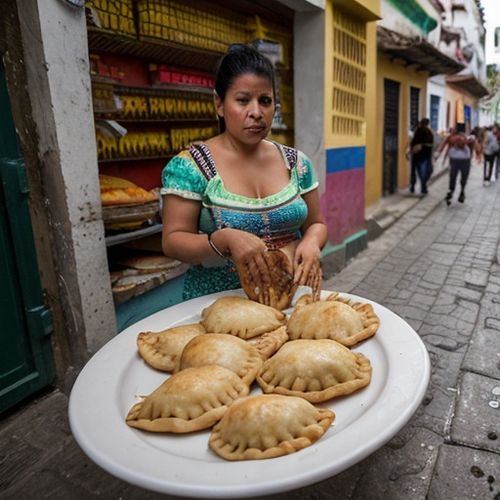
By Emily Johnson/Mar 29, 2025
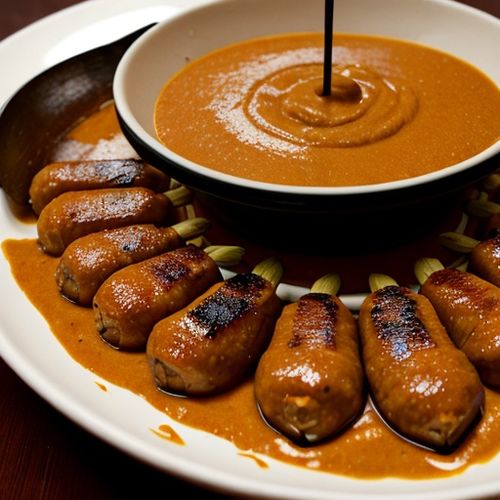
By Christopher Harris/Mar 29, 2025

By Rebecca Stewart/Mar 29, 2025

By Ryan Martin/Mar 29, 2025
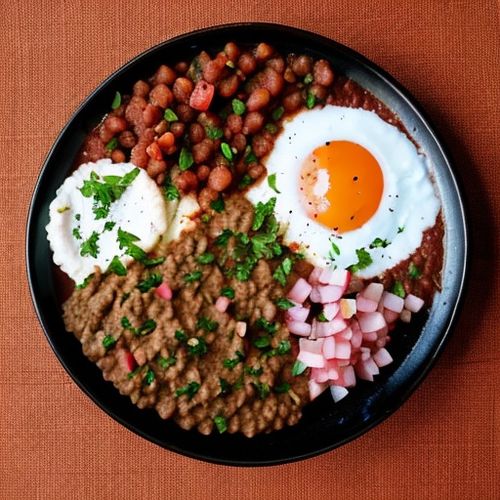
By Olivia Reed/Mar 29, 2025
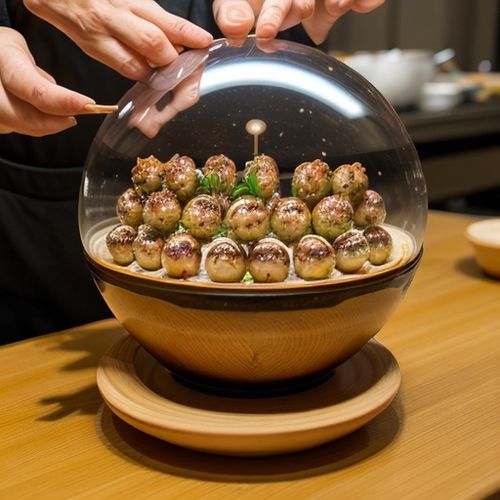
By Joshua Howard/Mar 29, 2025
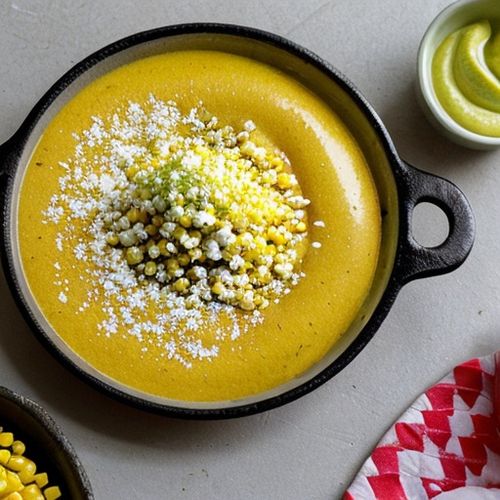
By Sophia Lewis/Mar 29, 2025
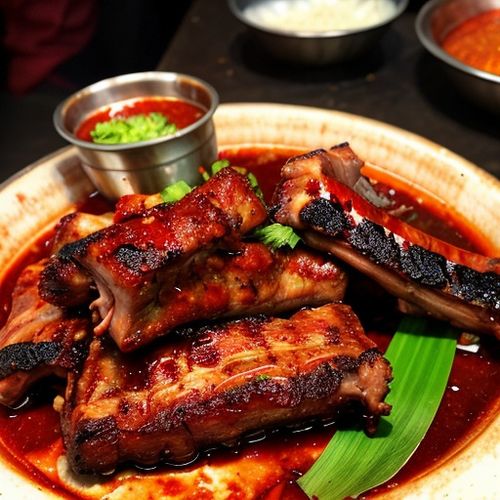
By Daniel Scott/Mar 29, 2025
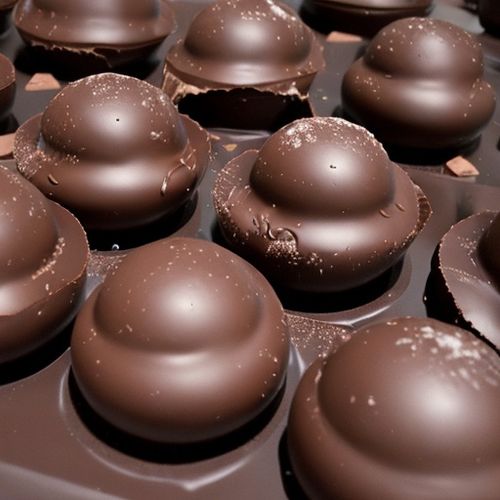
By Daniel Scott/Mar 29, 2025
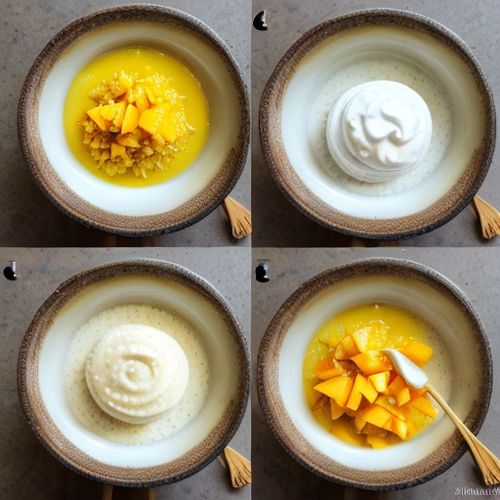
By Michael Brown/Mar 29, 2025

By Eric Ward/Mar 29, 2025
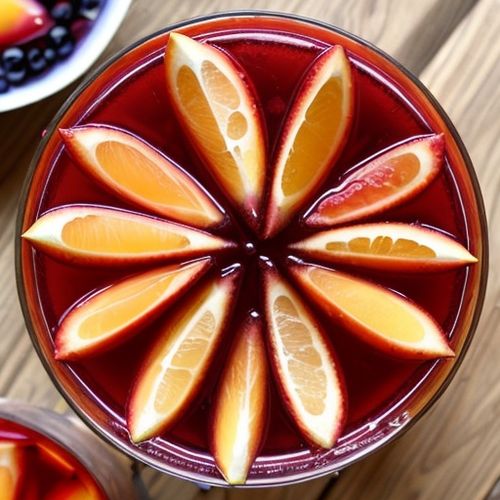
By Grace Cox/Mar 29, 2025
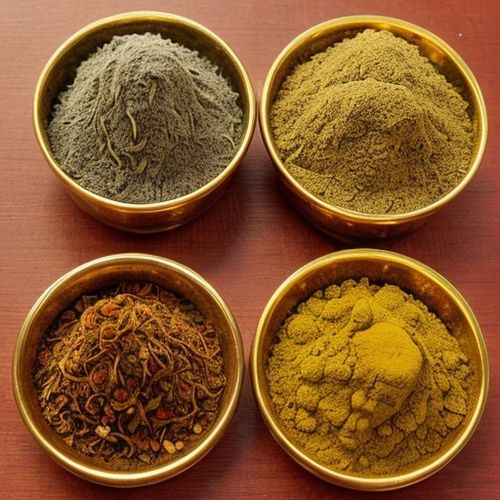
By Sarah Davis/Mar 29, 2025
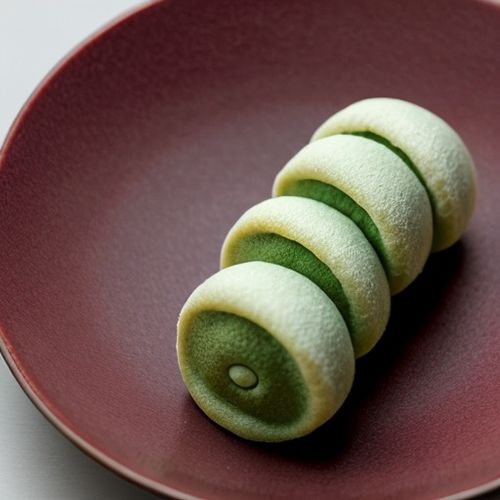
By David Anderson/Mar 29, 2025

By George Bailey/Mar 29, 2025

By Christopher Harris/Mar 29, 2025

By Emily Johnson/Mar 29, 2025

By Laura Wilson/Mar 29, 2025